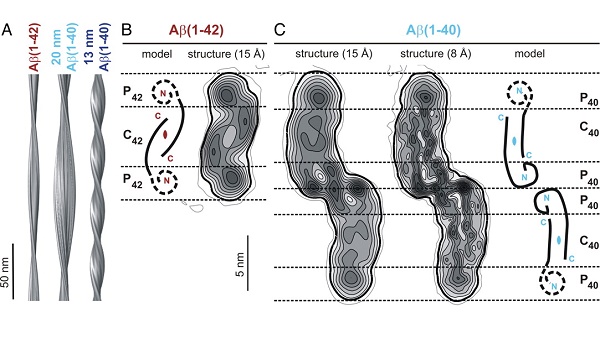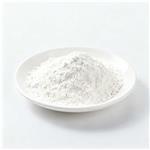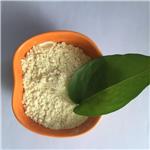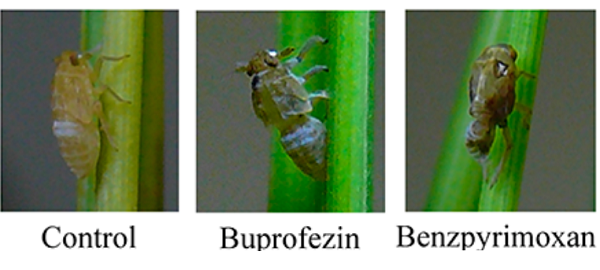What is the difference between Aβ(1-42) and Aβ(1-40)?
Oxidative stress, manifested by protein oxidation, lipid peroxidation, DNA oxidation, and 3-nitrotyrosine formation, among other indices, is observed in Alzheimer's disease (AD) brain. Amyloid β-Peptide (1-42) [Abeta(1-42)] may be central to the pathogenesis of AD. Researchers have implicated Abeta(1-42)-induced free radical oxidative stress in the neurodegeneration observed in AD brain[1].

Deposition of amyloid β (Aβ) in the brain is a pathological hallmark of Alzheimer's disease. Aβ is an aggregation-prone and toxic polypeptide with 39-43 residues derived from the amyloid precursor protein proteolysis process. Two major isoforms of Aβ exist: the 42-residue Aβ42 and the 40-residue Aβ40. The only difference between Aβ42 and Aβ40 is that Aβ42 has two extra residues at the C-terminus. The amyloid plaques in Alzheimer's brains consist mainly of Aβ42 and some plaques contain only Aβ42, even though Aβ40 concentration is several-fold more than Aβ42[2-3].
References
[1] Butterfield, D Allan. “Amyloid beta-peptide (1-42)-induced oxidative stress and neurotoxicity: implications for neurodegeneration in Alzheimer’s disease brain. A review.” Free Radical Research 36 12 (2002): 1307–13.
[2] Lei Gu, Zhefeng Guo. “Alzheimer’s Aβ42 and Aβ40 peptides form interlaced amyloid fibrils.” Journal of Neurochemistry 126 3 (2013): 305–311.
[3] Tian Qiu. “Aβ42 and Aβ40: similarities and differences‡.” Journal of Peptide Science 21 7 (2015): 522–529.
You may like
See also
Lastest Price from Amyloid β-Peptide (1-42) (human) manufacturers

US $0.00/g2025-12-07
- CAS:
- 107761-42-2
- Min. Order:
- 1g
- Purity:
- 99.99%HPLC
- Supply Ability:
- 100kg

US $70.00/box2025-10-16
- CAS:
- 107761-42-2
- Min. Order:
- 1box
- Purity:
- 99.99
- Supply Ability:
- 2000


